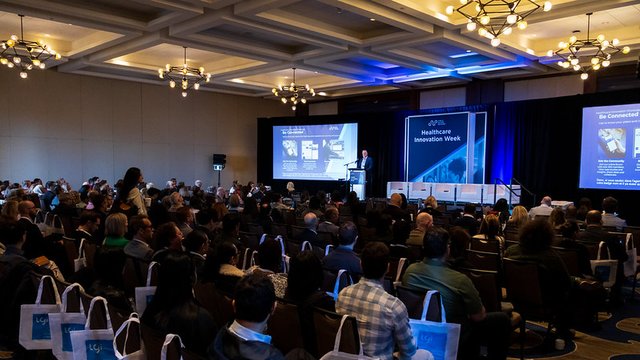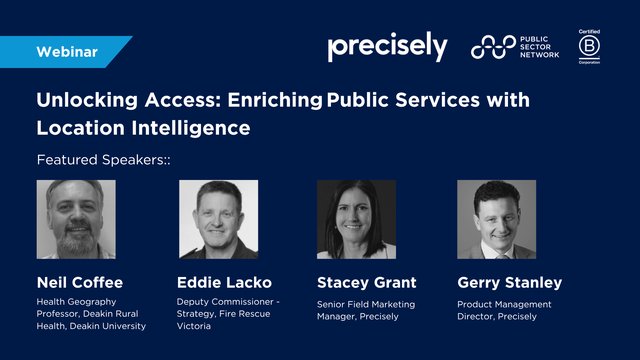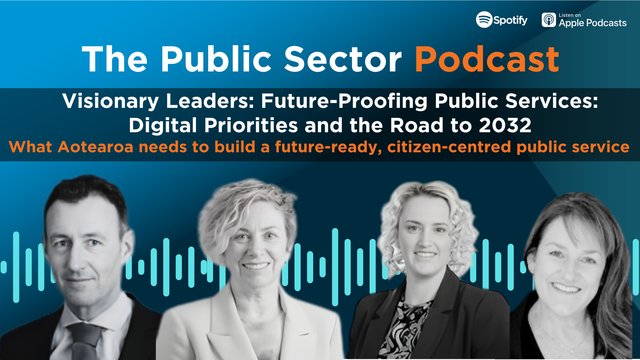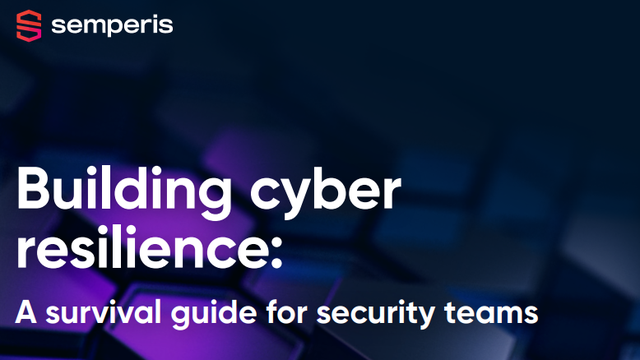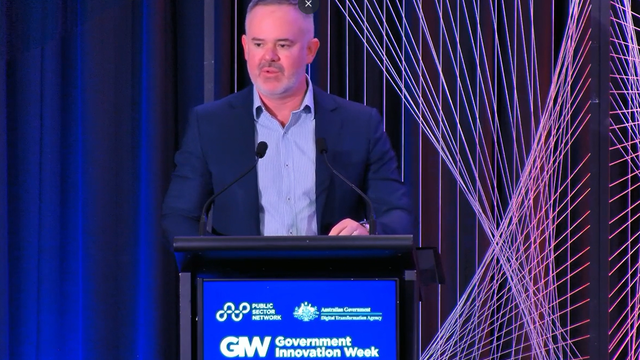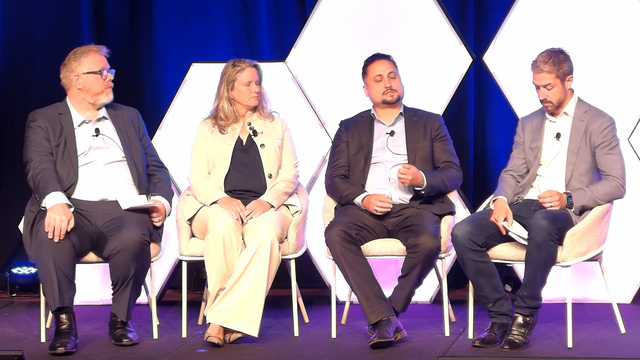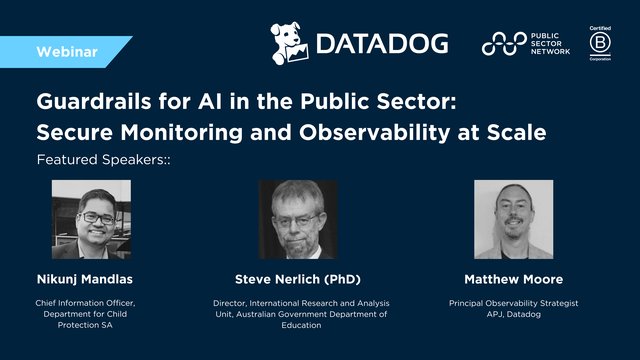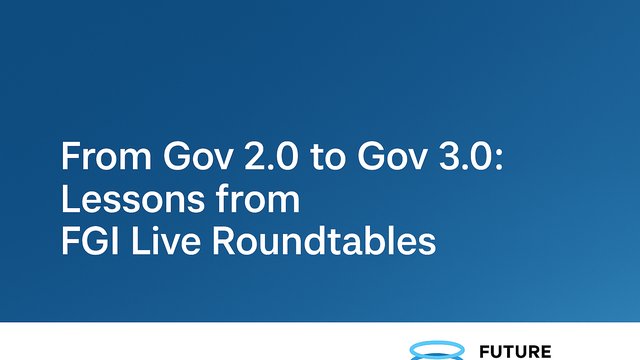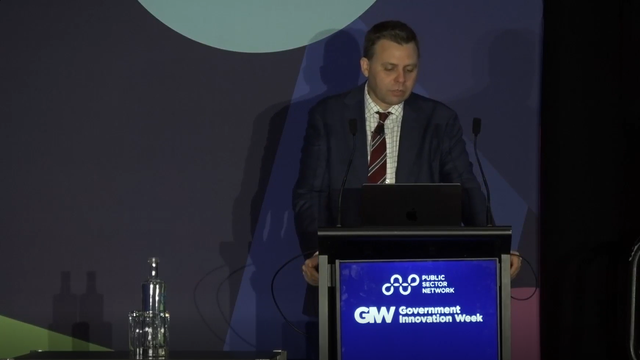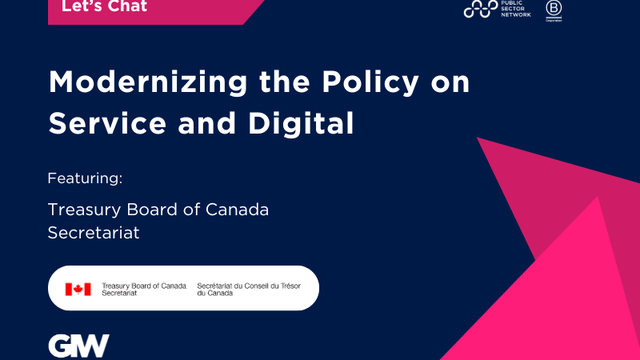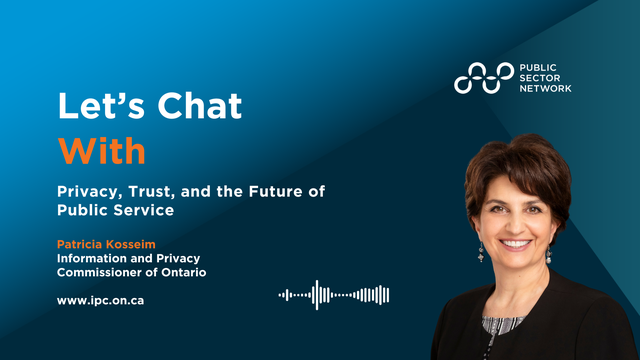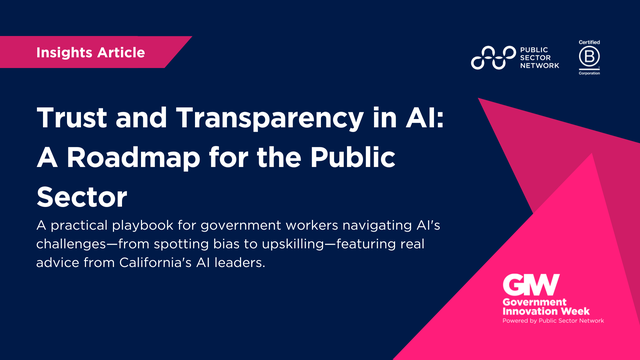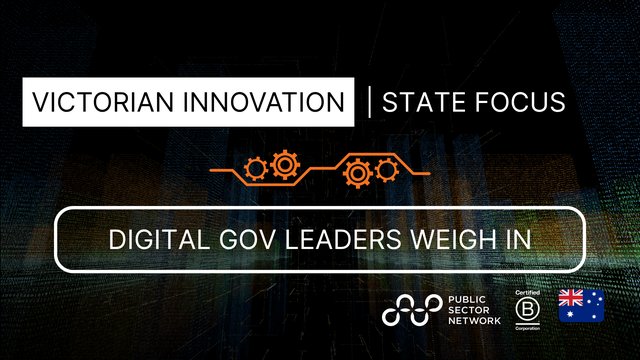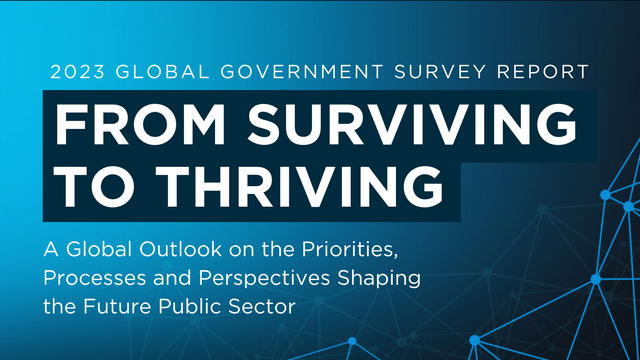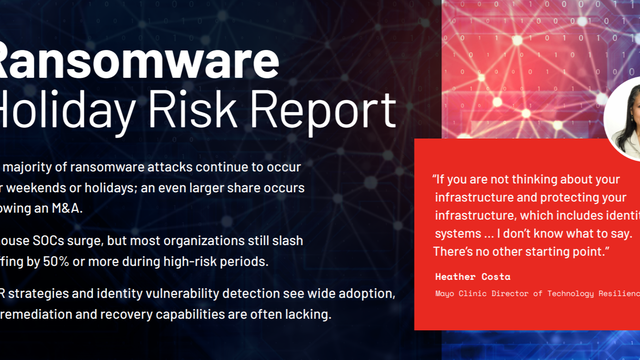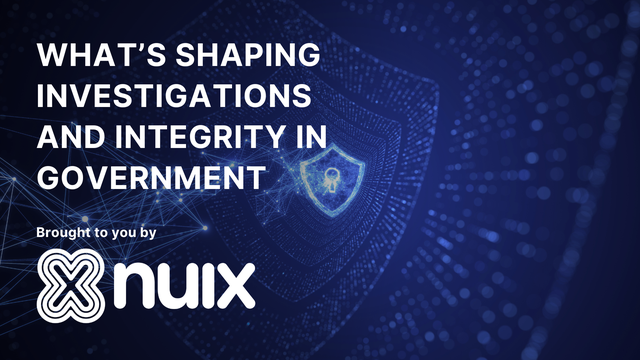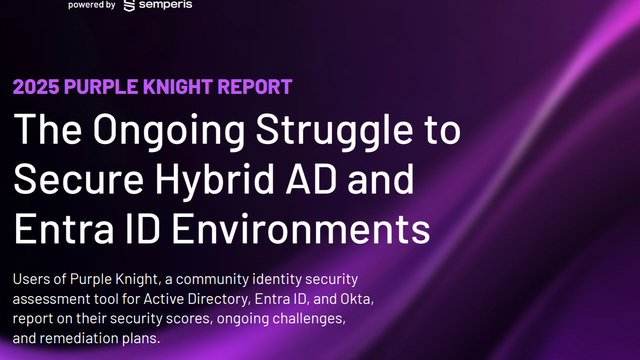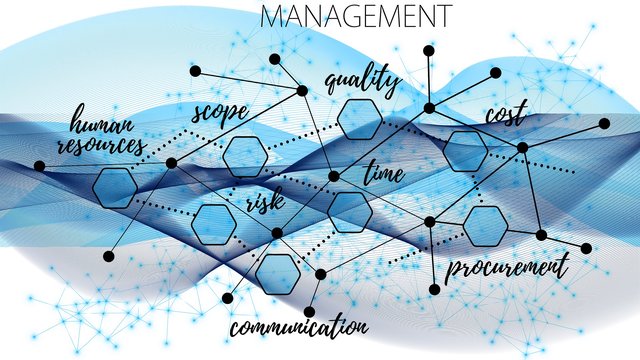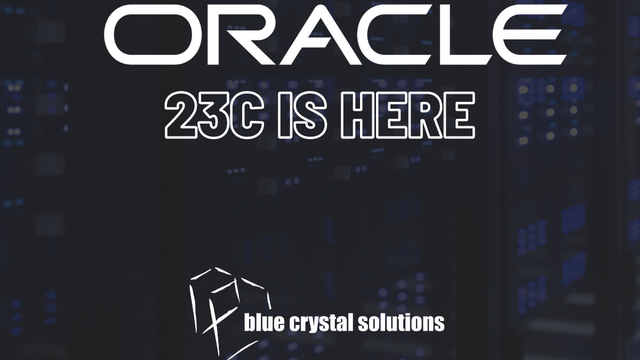

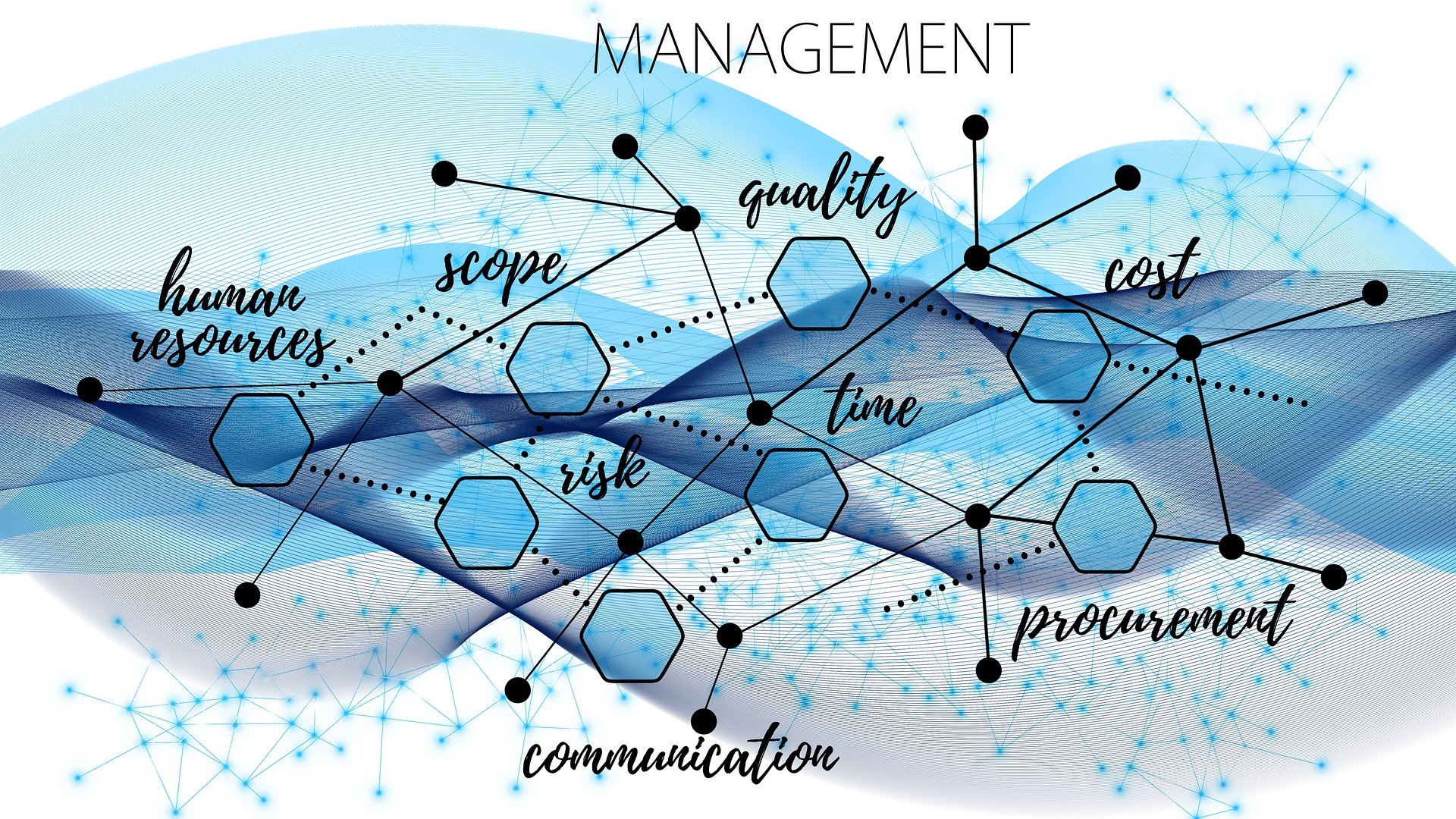
Pixabay - Royalty Free
The concept of "value stream" is not only used in lean manufacturing but also in public sector project management. By understanding and applying the value stream in public sector projects, processes can be more efficient, services can be enhanced, and the public is better served.
What is a Value Stream?
A value stream is a series of actions (both those that add value and those that do not) needed to complete a project. In the public sector, this includes the procedures and activities that deliver services or projects that match citizens' needs and expectations. The main goal is to improve the movement of information and materials through different processes to provide the most value to the end-users or beneficiaries, the citizens in this situation.
Why Focus on Value Streams?
Public organizations face challenges such as scarce resources, regulations, and high public expectations. By concentrating on value streams, public organizations can:
- Boost Efficiency and Cut Waste: Agencies can optimize operations, lower costs, and speed up service delivery by identifying and eliminating activities that do not add value.
- Enhance Service Quality: Designing processes to support valued outcomes directly ensures that services match or surpass public standards.
- Increase Transparency and Accountability: Recording and examining value streams helps assign responsibility for each part of service delivery, thereby increasing accountability.
- Promote Continuous Improvement: Value stream mapping enables regular process assessment and improvement, creating a culture of excellence and adaptation.
Implementing Value Stream Thinking in Public Sector Projects
Value stream thinking involves some steps, usually starting with value stream mapping. This method displays the entire process from start to finish, showing where value is added and where waste happens. For example, a city's process for approving permits could be mapped to identify where there are slowdowns and redundant steps, resulting in a streamlined process that reduces residents' waiting times.
A crucial factor is adopting a customer-focused attitude. In the public sector, this means paying attention to what the citizens want and how well services are provided to satisfy those wants. Consulting with the community to collect input and determine preferences can help in matching projects more closely with public expectations.
In addition, continuous improvement is crucial. Public-sector organizations need to set up measures and feedback mechanisms to track performance and outcomes regularly. This method helps make smart changes and ensures that the project stays consistent with its value stream goals.
Examples of Value Streams in Public Sector Projects
- Healthcare Services: Value stream thinking can improve patient care and lower healthcare costs. For example, mapping the patient’s journey from booking an appointment to leaving the hospital can show unwarranted steps or delays. By improving processes, a hospital could cut down waiting times and increase patient satisfaction while maintaining or enhancing care standards.
- Public Transportation Projects: Think of a public sector project to enhance city transportation. Value stream mapping can find inefficiencies in current transportation systems, such as duplicate routes or unused services. Improving these processes can lead to more effective public transport networks, lowering costs and increasing commuter satisfaction.
- Government Permitting Processes: Many cities have used lean principles to improve their permitting processes, greatly reducing processing times and improving business and citizen satisfaction. By examining the whole process of getting a permit, cities can remove unnecessary steps and simplify requirements, thereby increasing efficiency and service quality.
Challenges and Considerations
Value stream thinking can offer many advantages, but it's not easy to apply in the public sector. Change can be difficult, culture can be an obstacle, and resources can be limited. That's why public sector leaders need to create a positive culture, offer adequate training, and match incentives with value stream objectives.
Moreover, public sector projects usually have many stakeholders who have different goals. It is important but challenging to balance these goals and keep the focus on the final value for citizens. Good communication, stakeholder involvement, and open processes are key elements of effective value stream implementation in public projects.
Public sector project management can benefit from applying value stream thinking, which can result in better efficiency, service quality, and citizen satisfaction. By paying attention to what really matters to the citizens, public organizations can change their service delivery models, making them more agile, efficient, and successful. As public sector entities continue to deal with the challenge of doing more with less, using value stream principles can offer a way to improve services and increase public confidence.
Public sector organizations face the challenge of keeping up with the public's fast-changing demands. To deliver services that are not only valuable but also effective, they need to adopt the value stream thinking approach. This way, they can go beyond satisfying the expectations of the people they serve.
Published by
About our partner

Brantley Advanced Social Science Applications
BAS2A is shaping a future where employees and organizations are effective, adaptable, and innovative. Thanks to our state-of-the-art training solutions, we're preparing to tackle the challenges of the mid-21st Century head-on, armed with expertise and confidence.Dr. Brantley is an expert in turning workforce development digital. His goal is to make learning experiences more engaging and to foster a spirit of constant improvement within organizations. He is committed to helping employees become more knowledgeable, skilled, and responsive.BAS2A creates tailored and impactful training for your workforce. We use our vast experience in instructional design and deep learning engineering knowledge to develop online and face-to-face educational programs. These programs include training such as short, focused learning units to immersive, situation-based simulations. Dr. Brantley customizes training to fit the changing needs of our clients, giving them the knowledge, skills, and tools, they need to tackle the challenges of the mid-21st Century. BAS2A aims to build a never-ending learning and performance improvement culture for your organization.
Learn more

